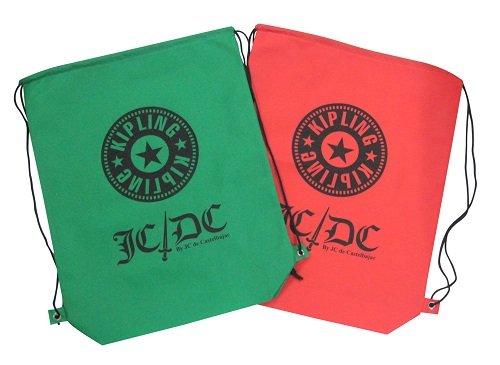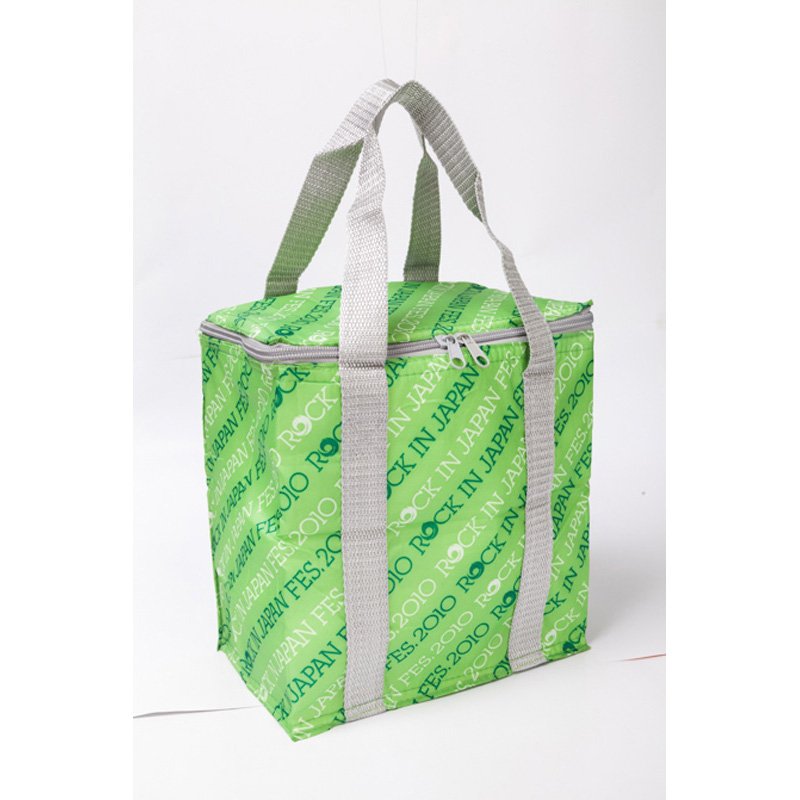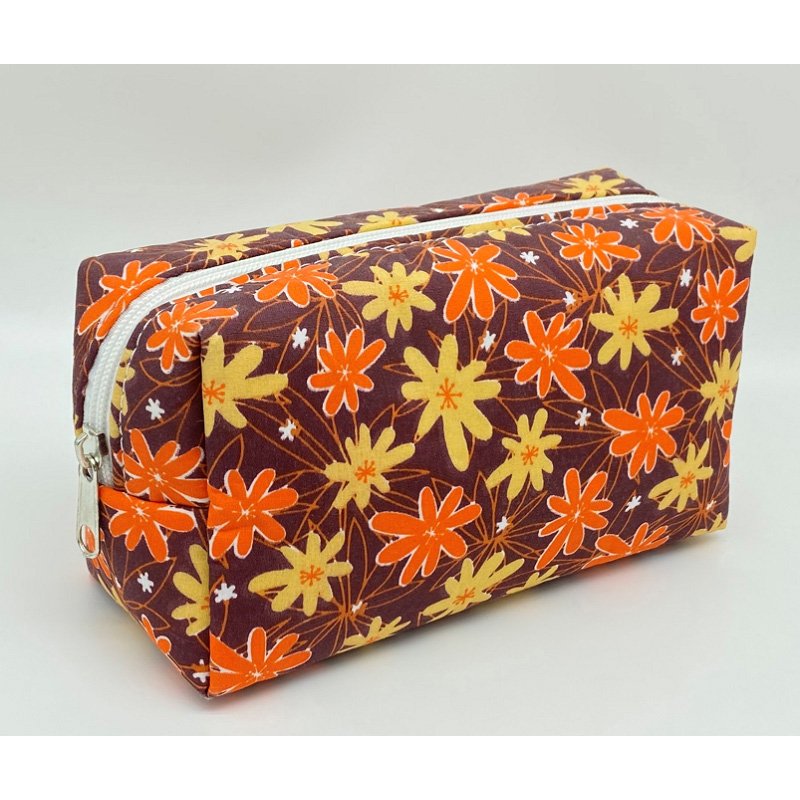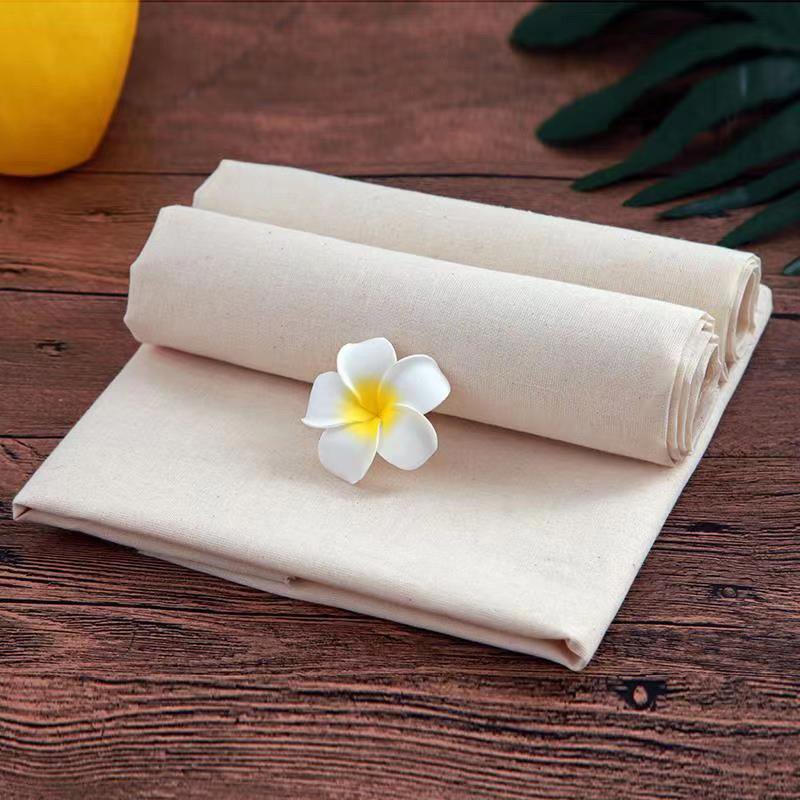In the quest for more sustainable and eco-friendly solutions, blue carrier bags have emerged as a focal point for both consumers and businesses. This article delves into the environmental impact, market trends, and strategies for enhancing the visibility of blue carrier bags in the digital space.
The Environmental Impact of Blue Carrier Bags
The global carrier bag market is projected to reach USD 41.27 billion by 2034, growing at a compound annual growth rate (CAGR) of 5.15% from 2025 to 2034. While plastic carrier bags remain popular due to their low cost and durability, the environmental consequences have led to a significant shift towards sustainable alternatives. Rising concerns over plastic pollution and climate change have prompted consumers and businesses to prioritize eco-friendly options. Many companies are now replacing traditional plastic bags with biodegradable, compostable, or reusable materials.
Market Trends and Consumer Demands
Shift Towards Sustainable Materials
Consumers are increasingly seeking sustainable and reusable carrier bags. This trend is driven by environmental awareness and regulatory pressure on single-use plastics. Retailers are responding by offering bags made from materials like paper, cotton, jute, and recycled plastics. For example, IKEA's FRAKTA bags are made from 100% polypropylene, with at least 60% recycled content.
Customization and Branding
Shoppers are also drawn to aesthetically pleasing and branded carrier bags. Retailers are capitalizing on this by offering personalized, logo-printed, and designer bags that serve as both practical carriers and marketing tools. Luxury brands are investing in high-quality, elegantly designed bags to enhance brand identity and consumer loyalty.
Compact and Foldable Options
Compact and foldable carrier bags are gaining popularity among consumers who value convenience and portability. These lightweight bags can be easily folded and stored in pockets or handbags, making them ideal for on-the-go shopping and travel.
Regional Insights
North America
North America held a significant market share of 28.56% in 2024, driven by strict environmental regulations and consumer preference for sustainable alternatives. Retailers like Marks & Spencer have discontinued plastic carrier bags in favor of reusable paper bags.
Asia-Pacific
The Asia-Pacific region is expected to grow at the fastest CAGR of 7.02% due to the expanding retail and e-commerce sectors in countries like China and India. The region's rapid urbanization and rising disposable incomes are also contributing to the market growth.
SEO Strategies for Blue Carrier Bags
To enhance the visibility of blue carrier bags in the digital space, businesses can employ several SEO strategies:
-
Keyword Research: Focus on high-potential keywords related to sustainability, such as "eco-friendly blue carrier bags" or "reusable blue bags".
-
Content Optimization: Create valuable content that addresses consumer concerns about sustainability and highlights the benefits of blue carrier bags.
-
Technical SEO: Ensure that websites are optimized for search engines by addressing technical issues like duplicate metadata and proper configuration of HREFLANG tags.
-
Local SEO: Target regional keywords and optimize for local search to capture market share in specific areas.
Conclusion
Blue carrier bags are at the forefront of the global shift towards sustainability. As consumer awareness grows and regulations tighten, the demand for eco-friendly alternatives will continue to rise. By leveraging market trends and effective SEO strategies, businesses can enhance their visibility and contribute to a more sustainable future.






